Load Cell History
Before strain gage-based load cells became the method of choice for industrial weighing applications, mechanical lever scales were widely used. Mechanical scales can weigh everything from pills to railroad cars and can do so accurately and reliably if they are properly calibrated and maintained. The method of operation can involve either the use of a weight balancing mechanism or the detection of the force developed by mechanical levers. The earliest, pre-strain gage force sensors included hydraulic and pneumatic designs. In 1843, English physicist Sir Charles Wheatstone devised a bridge circuit that could measure electrical resistances. The Wheatstone bridge circuit is ideal for measuring the resistance changes that occur in strain gages. Although the first bonded resistance wire strain gage was developed in the 1940s, it was not until modern electronics caught up that the new technology became technically and economically feasible. Since that time, however, strain gages have proliferated both as mechanical scale components and in stand-alone load cells.
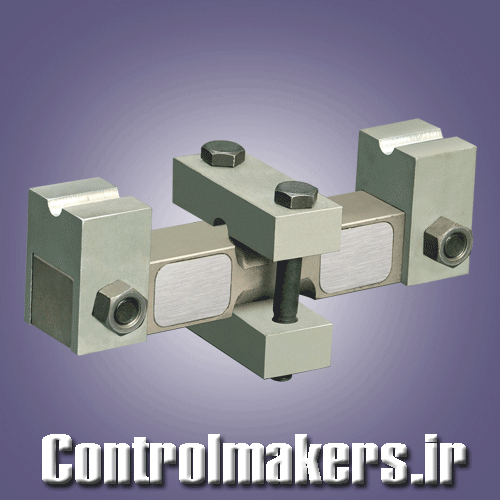
Load Cell Operating Principles
Load cell designs can be distinguished according to the type of output signal generated (pneumatic, hydraulic, electric) or according to the way they detect weight (bending, shear, compression, tension, etc.)
Hydraulic load cells are force -balance devices, measuring weight as a change in pressure of the internal filling fluid. In a rolling diaphragm type hydraulic load cell, a load or force acting on a loading head is transferred to a piston that in turn compresses a filling fluid confined within an elastomeric diaphragm chamber.
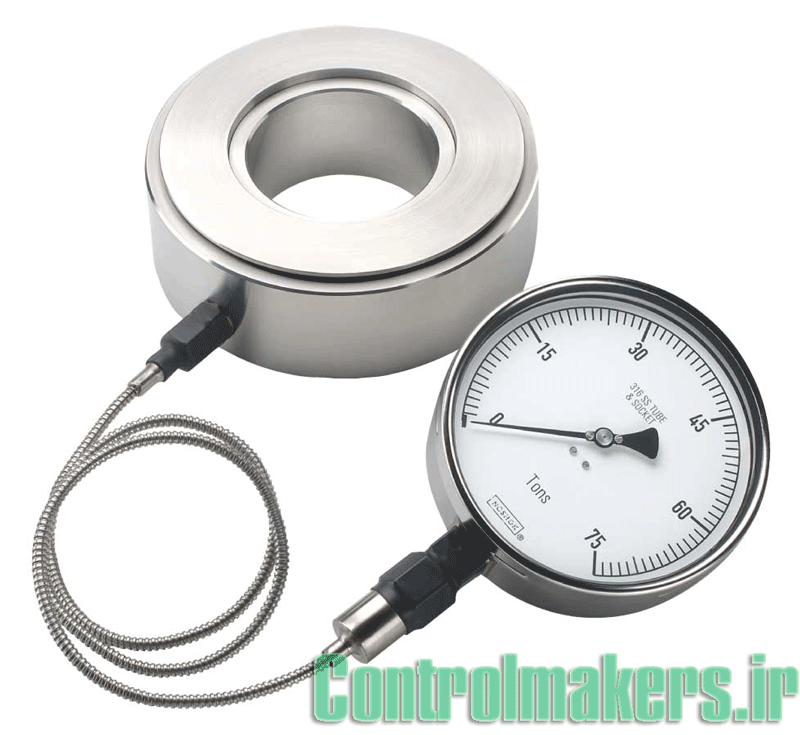
As force increases, the pressure of the hydraulic fluid rises. This pressure can be locally indicated or transmitted for remote indication or control. Output is linear and relatively unaffected by the amount of the filling fluid or by its temperature. If the load cells have been properly installed and calibrated, accuracy can be within 0.25% full scale or better, acceptable for most process weighing applications. Because this sensor has no electric components, it is ideal for use in hazardous areas. Typical hydraulic load cell applications include tank, bin, and hopper weighing. For maximum accuracy, the weight of the tank should be obtained by locating one load cell at each point of support and summing their outputs.
Pneumatic load cells also operate on the force-balance principle. These devices use multiple dampener chambers to provide higher accuracy than a hydraulic device. In some designs, the first dampener chamber is used as a tare weight chamber.

Pneumatic load cells also operate on force-balance principle. The force is applied to one side of a diaphragm of flexible material and balanced by pneumatic pressure on the other side. The counteracting pressure is proportional to the force and is displayed on a pressure dial.
Pneumatic load cells are often used to measure relatively small weights in industries where cleanliness and safety are of prime concern. The advantages of this type of load cell include their being inherently explosion proof and insensitive to temperature variations. Additionally, they contain no fluids that might contaminate the process if the diaphragm ruptures. Disadvantages include relatively slow speed of response and the need for clean, dry, regulated air or nitrogen.
Strain-gage load cells convert the load acting on them into electrical signals. The gauges themselves are bonded onto a beam or structural member that deforms when weight is applied. In most cases, four strain gages are used to obtain maximum sensitivity and temperature compensation. Two of the gauges are usually in tension, and two in compression, and are wired with compensation adjustments. When weight is applied, the strain changes the electrical resistance of the gauges in proportion to the load. Other load cells are fading into obscurity, as strain gage load cells continue to increase their accuracy and lower their unit costs.
How Load Cells Work
Load cells’ operating principles are threefold. They are hydraulic, pneumatic and strain gauge load cells. Gauge load cells are attached to structural bearing or support beam of an application that endures stresses and pressures, oftentimes with superglue or some other appropriate adhesive. When strain is put upon the bearing, the material’s change in tension exerts force upon the strain gauge load cell, which sends an electronic signal through a switching unit. This signal manifests as a measurement of the load, and reveals how much tension is being placed upon the unit.

Load cell display units also come with a variety of features. Contemporary displays are in digital format, and display tension forces as well as temperature, voltage to frequency comparisons and other important information about the application. The measurement is calculated by a complex equation based on the reaction of four different measurements of stress and compression. The display reads out numbers so that someone monitoring the application can determine if the stress is appropriate.
Load Cell Applications
Load cells are necessary for many load-bearing applications, both to maintain structural integrity and, in so doing, ensure the safety of people and environs. Large buildings, which sway in wind and contract and expand in different seasons, are huge, pressure-dependent structures housing hundreds to thousands of people, and under unsafe conditions, accidents can happen. Most buildings are designed to withstand impacts and natural disasters, and load cell strain gauges are set in place so as to monitor these conditions. For instance, brick structures, which are composed of interlaced building materials, require load cell strain gages to see if anything has shifted too much to pose a hazard. Although mankind has implemented innovational technology to decrease the likelihood of this happening, looking at any old ruins of a castle or wall can show the types of dangers brick structures can pose. In large skyscrapers, the many support beams and structural components often use load cells for similar reasons. Your office building probably contains many such units to keep the building under observation.
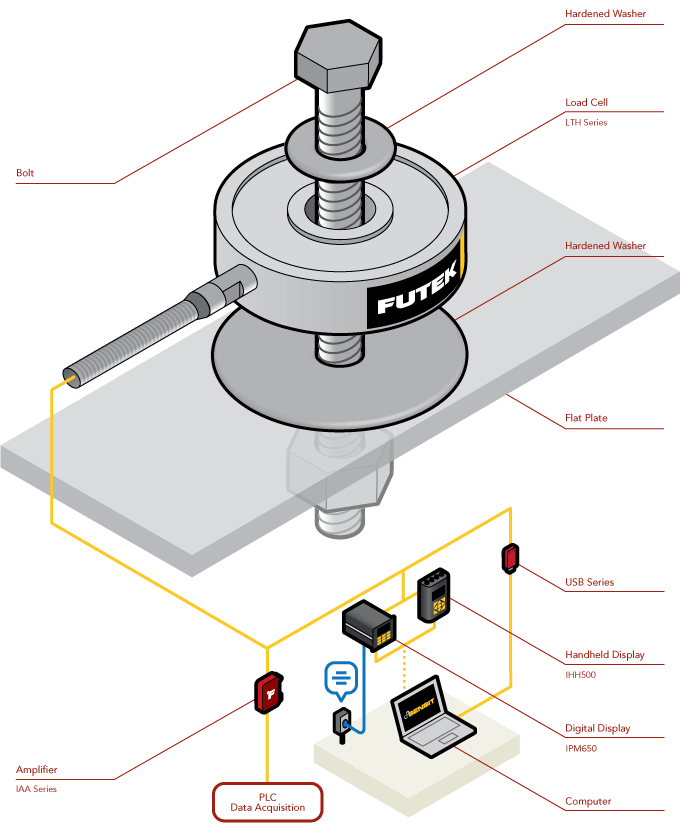
Other load-bearing applications include freight vehicles and docking locations which must sustain incredibly heavy loads on a day to day basis. The load cell might be monitored less in a vehicle, which is on the go and not subjective to constant analysis, but fixed-place applications like docks will undergo status checks frequently. Virtually any structure of similar type needs to be monitored to keep on an even keel.
What is a Load Cell?
A load cell is a type of transducer that converts physical force into measurable, quantifiable electric energy. Because of the various types of load cells needed to operate different pieces of machinery, there are many configurations, but the most popular and the focus of this article is the strain gauge variety. This is a device which measures strain, and then transfers that force into electric energy which manifests as measurement for workers and scientists. Measuring strain effects helps preserve the integrity of the unit under pressure as well as protects equipment and people nearby.
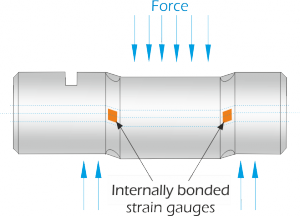
The load cell itself is a transducer that is used to convert force into an electrical signal. Within the load cell structure is an area, or group of areas, which are designed to be stressed when a load/force is applied, normally in a linear fashion. Strain gauges manufactured from metal foil are bonded to these areas to sense the strain in the load cell structure under the applied load or pressure, and then provide a electrical output signal proportional to the strain when excited by a regulated voltage or current source. This signal is usually only a few millivolts and usually requires amplificationbefore it can be read.
Do Load Cells use proven sensor technology?
Most load cells utilise strain gauge technology as it is very well established hand has been a proven technology for more than 40 years.
There seems to be so many types – I’m confused!
There are indeed many different types of load cells available from different manufacturers. This is necessary to meet the demands of the many applications that there are for load cells.
Luckily manufacturers and industry have kept nomenclature easy and the names of the load cells do correspond to the forces they measure. However, there are different types of load cell within each category, usually based on their manufacture and we have given you examples of these in the overview of each type of load cell. Alternative names are often based on the ‘shape’ of the load cell eg. S-beam, beam load cell and column load cell.
COMPRESSION LOAD CELLS :
A compression load cell is designed for the measurement of compression or ‘pushing’ forces only. They are ideal for general weighing applications, particularly silo and vessel weighing and are often incorporated into both simple and complex centre of gravity systems.Products that fall under this category are also known as; compressive load cell, column load cell, bending ring load cell, torsion ring load cell, pancake load cell, low profile load cell, annular load cell, donut load cell, through hole load cell, force washer load cell, S beam load cell and Z beam load cell.
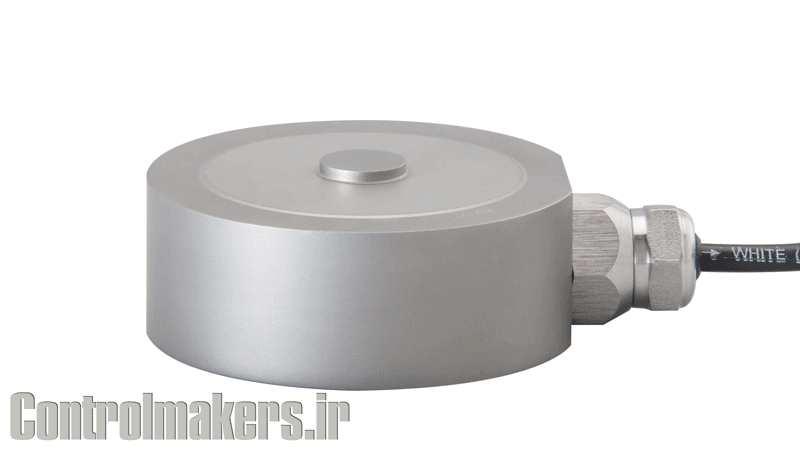
TENSION LOAD CELLS :
A tension load cell is designed to measure tensile or ‘pulling’ loads. A typical use of a tension load cell is for hanging scales and they are also popular for vessel weighing. In the laboratory, they are standard for general force measurement applications.Products that fall under this category are also known as; tensile load cells, S beam load cell, Z beam load cell, tension link, load link, toggle load cell.
TENSION & COMPRESSION LOAD CELLS :
As the name implies, these load cells are a combination of the two categories above, and they are able to measure both compression forces and tensile loads. Typical applications include component testing and weighing systems. These load cells come in all shapes and sizes and latest development include small, yet accurate load cells that can be used where space is restricted.Products that fall under this category are also known as universal load cells S beams, Z beams and load links.
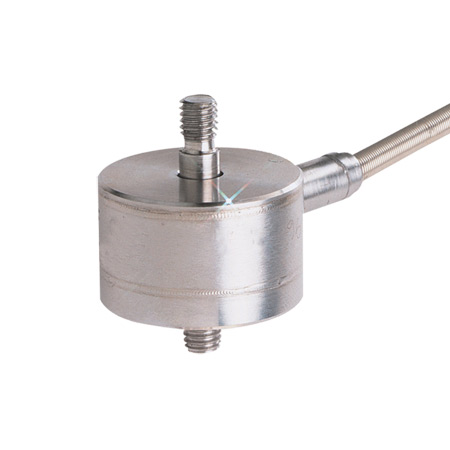
BEAM LOAD CELLS :
Bending beam or shear beam load cells are probably the most commonly used load cells as they are extremely versatile and can be used in a wide variety of applications. They are particularly suited for incorporation into weighing instrumentation such as scales, dynamometers and tensile testing machines.Products that fall under this category are also known as; shear beam load cells, bending beam load cells, force beam load cells, single point load cells, cantilever beam load cells, dual cantilever load cells and isometric force beams.
LOAD MEASURING SHACKLES :
A shackle is a U-shaped piece of metal with a clevis or bolt across the opening. They are commonly used within rigging systems from the maritime industry to industrial cranes to the entertainment industry where shackles are used for lighting or scenery systems. With Load Measuring Shackles, a load pin is incorporated into the shackle design so the load can be monitored. They are often available in both wired and non-wired (wireless) versions.
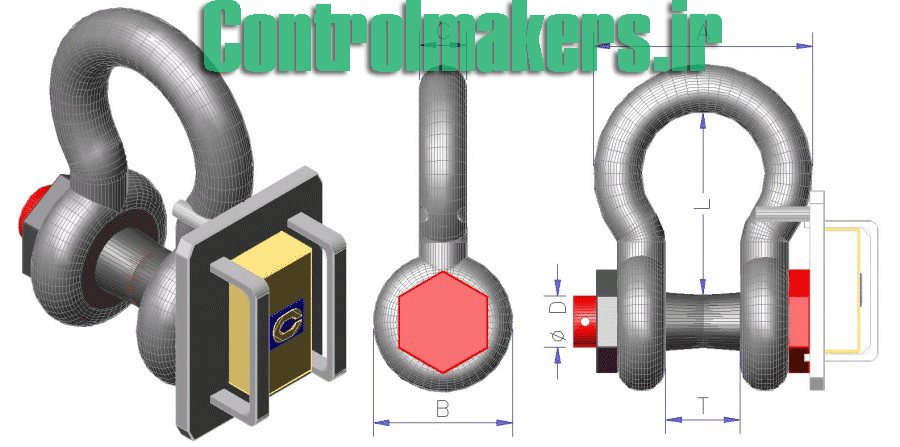
LOAD MEASURING PINS :
Load measuring pins are designed for many diverse applications as direct replacements for clevis or pivot pins. They have many advantages over other load sensors in that they do not normally require any change to the mechanical structure being monitored. They are typically used in rope, chain and brake anchors, sheaves, shackles, bearing blocks and pivots.
Products that fall under this category are also known as; load pin, shackle load pin and cevis pin.

LOAD MONITORING LINKS :
Load Monitoring Links are designed, as the name suggests, as a link between a shackle and the object to be measured. They are commonly used in lifting and weighing applications, particularly in harsh environments. The load can either be displayed on the link itself or on a separate indicator.Both wired and telemetry load links are available for greater versatility, and they have the additional advantage of being simple to install with holes that are matched to standard shackle sizes.Products that fall under this category are also known as; link load cell, tensile link load cell, plate load cell, load measuring link and toggle load cell.
Wireless Technology
There are many situations where the use of traditional cabled load cells would limit distance or movement, or where, for safety reasons, a greater distance is needed between the user and the load. They are far more convenient to use, as they remove problems associated with long lengths of trailing cable that are easily damaged and prone to snagging. And it’s not just the logistics of the applications that add to the advantages of radio telemetry. Considerable savings can also be made, as there are no cable costs or expenses for associatied wiring installation, that may in turn involve additional building modifications or maintenance issues.
What do I do with the Load Cell signal to make it useful to me???
We know that a load cell is a transducer that is used to convert a force into an electrical signal. However, the electrical signal is very small and therefore, in many cases, will need amplifying before it can be used. As the name suggests, load cell amplifiers are used to magnify low level input signals from load cells into a stable industry standard process signal. Depending on the application, different types of amplifiers or conditioners are available. These include simple internal amplifiers, wireless telemetry systems, strain gauge digitisers and USB conditioning modules.
- AMPLIFIERS & CONDITIONERS
Also, few load cells actually have a display, so it is important to add an indicator to your system so you know the output. Indicators can be either wired or wireless, fixed or handheld.
- DIGITAL INDICATORS
- HANDHELD INDICATORS
Comments
Post a Comment